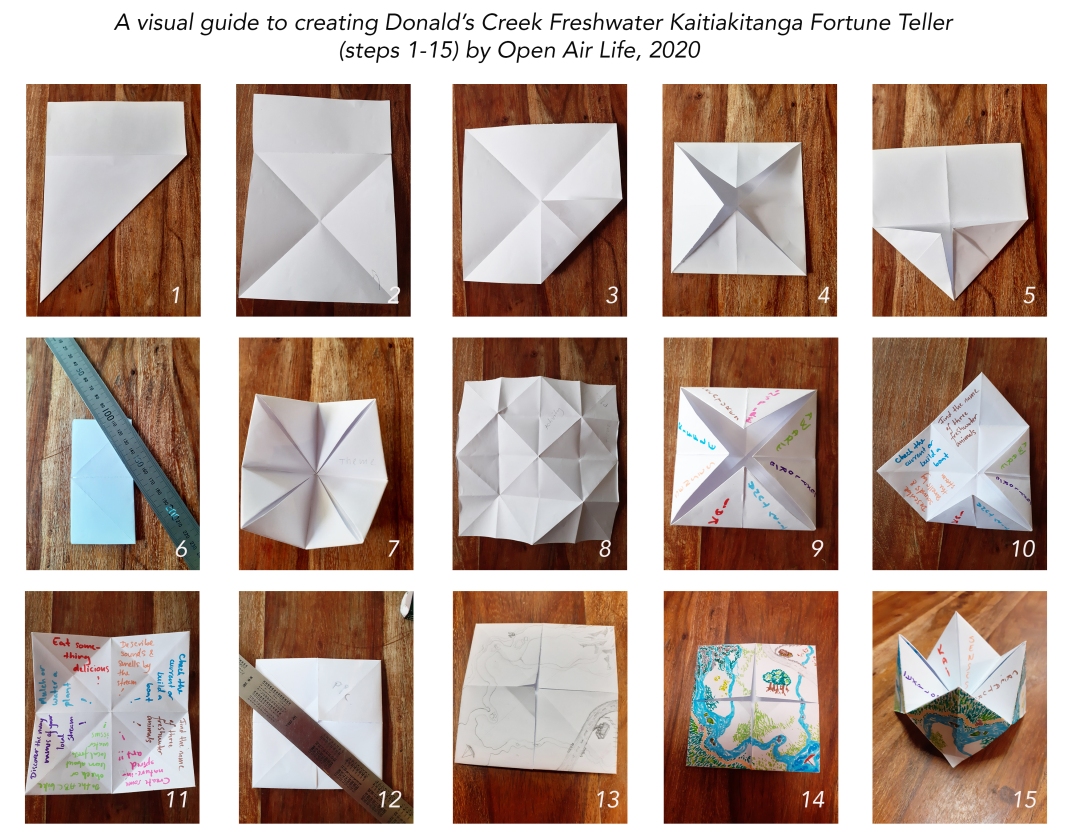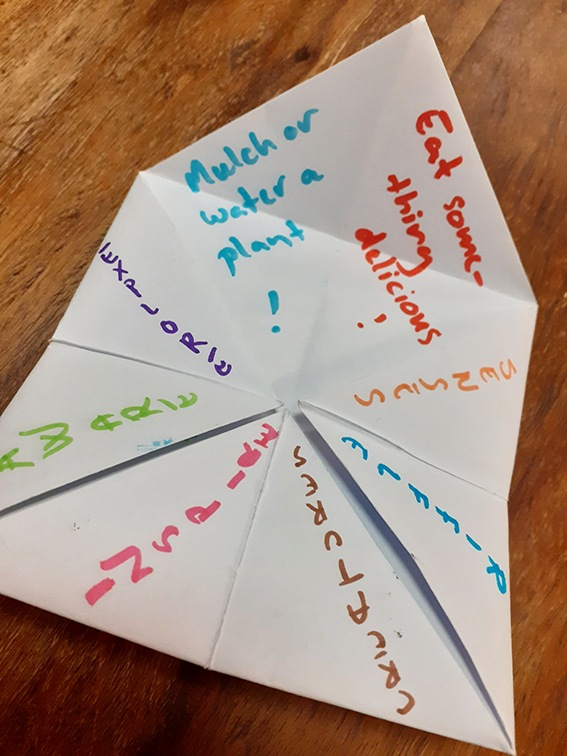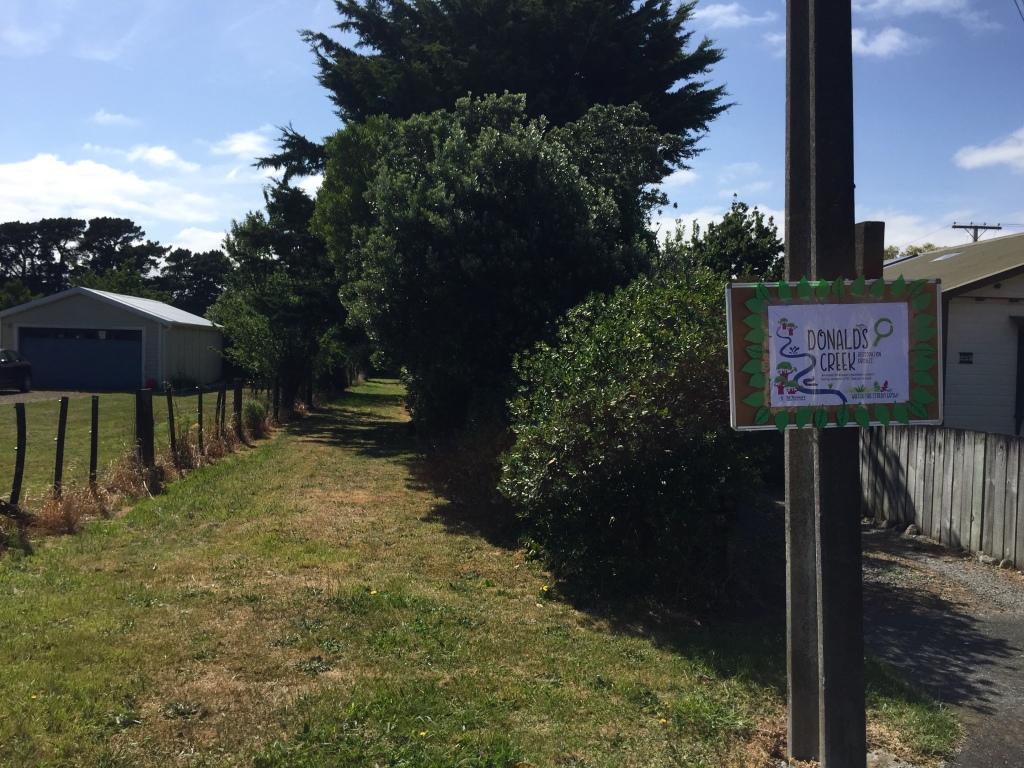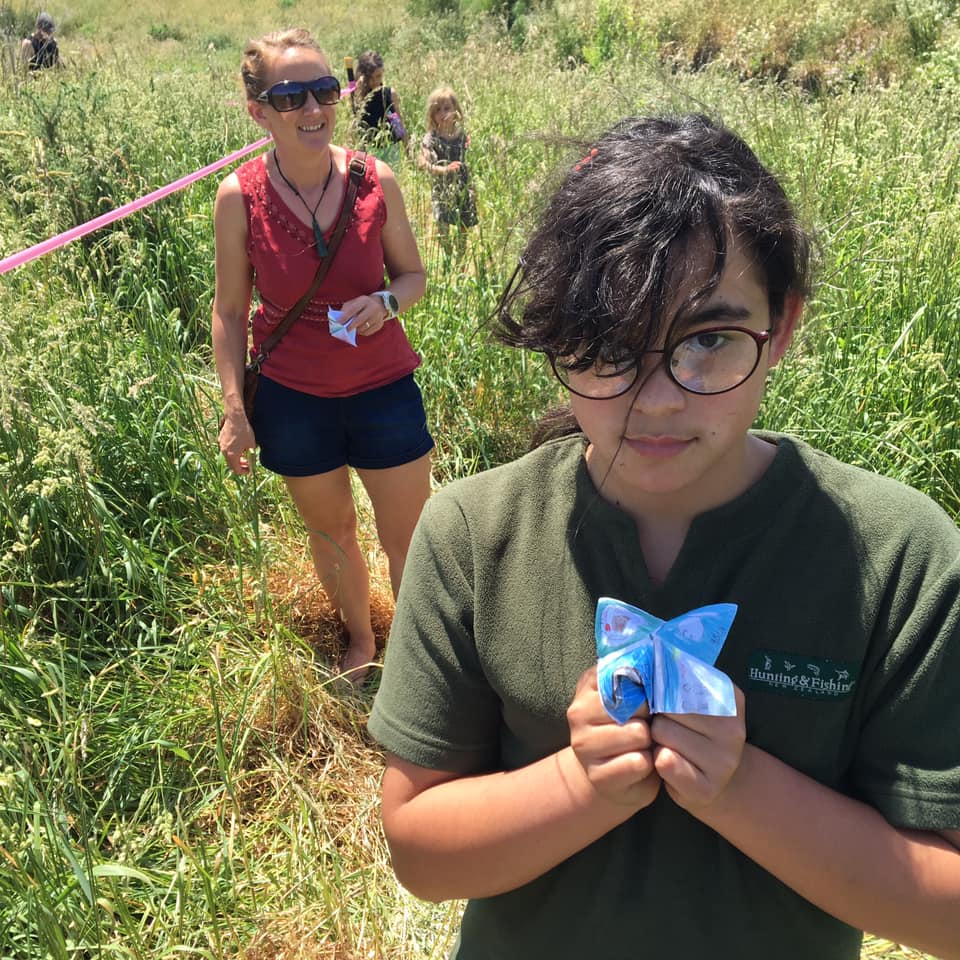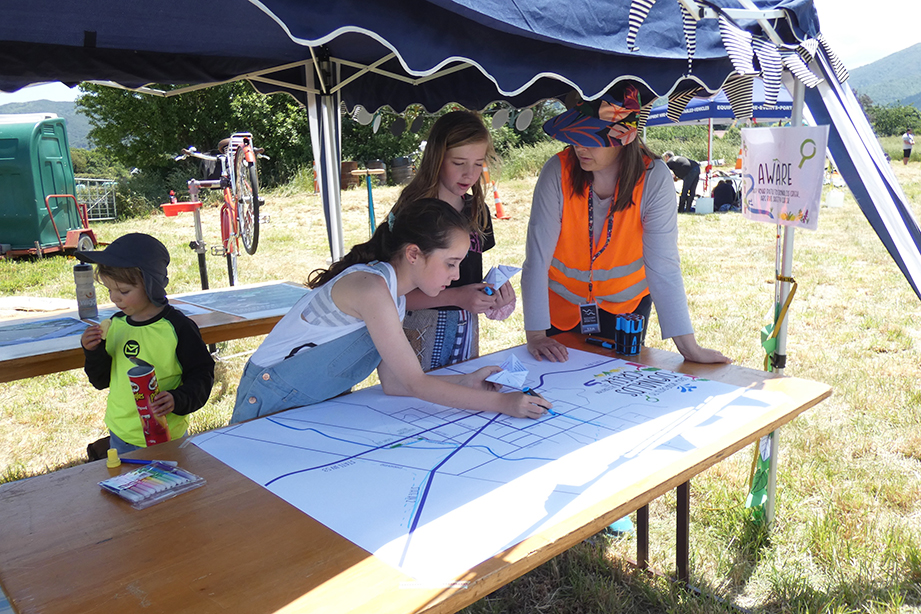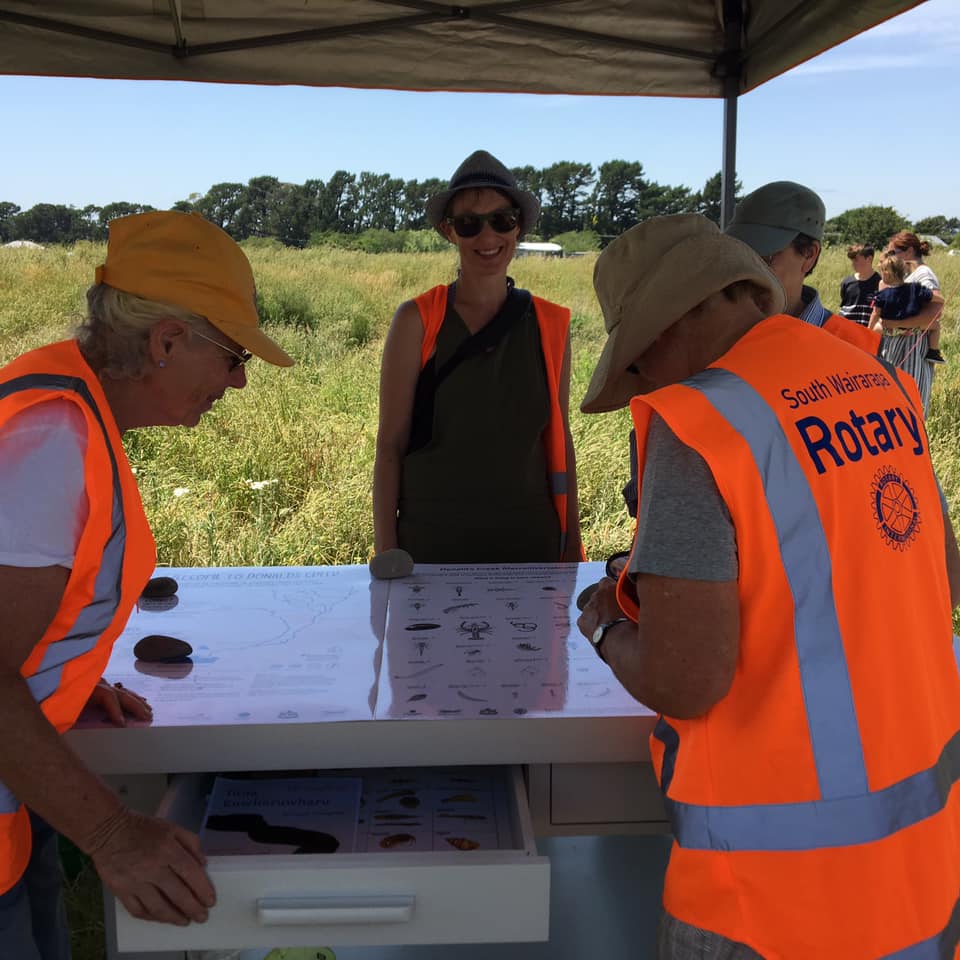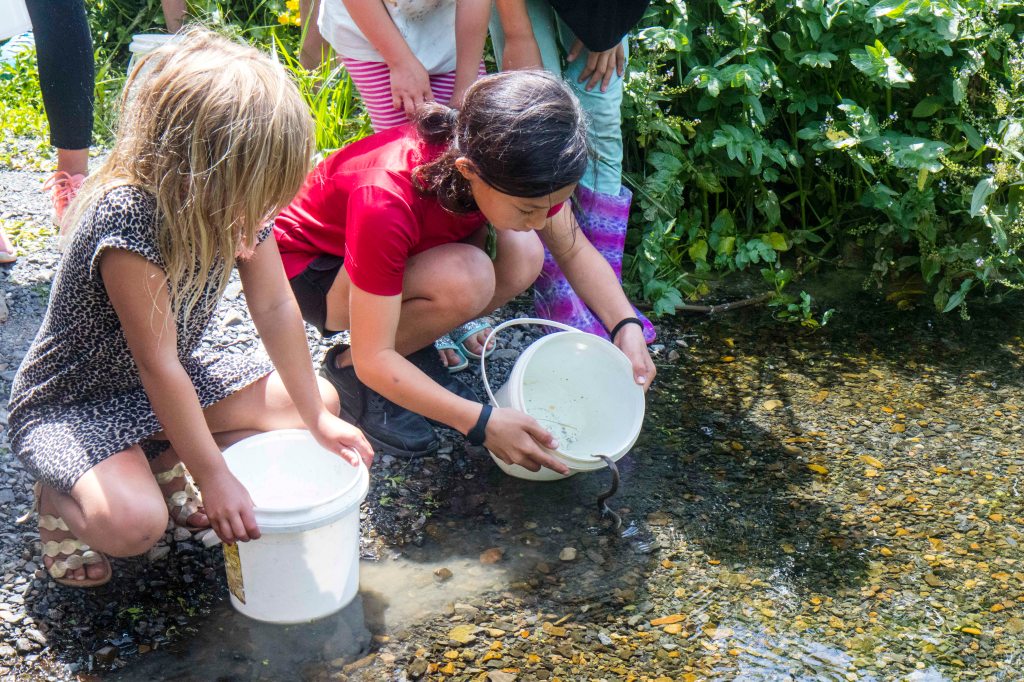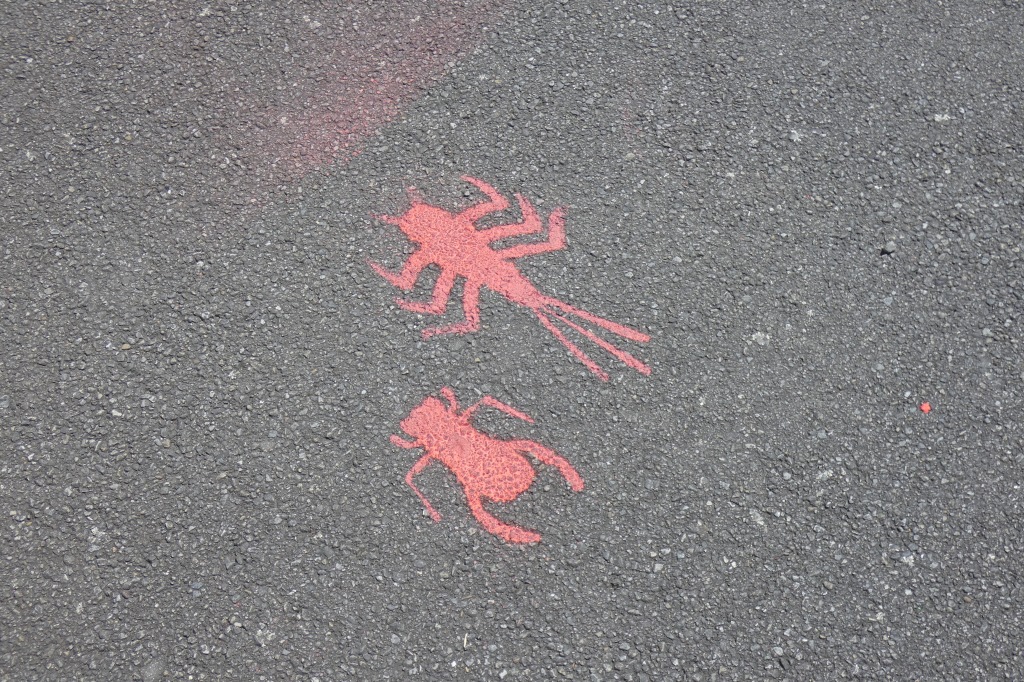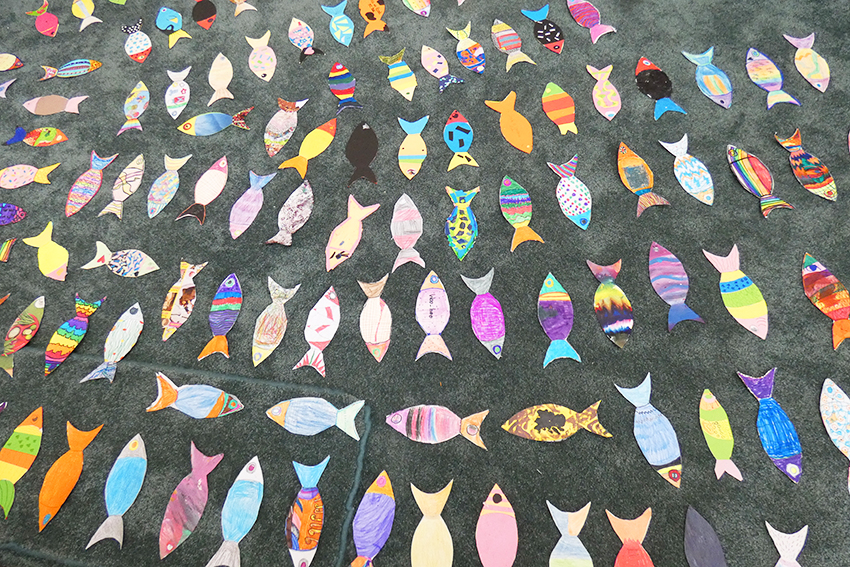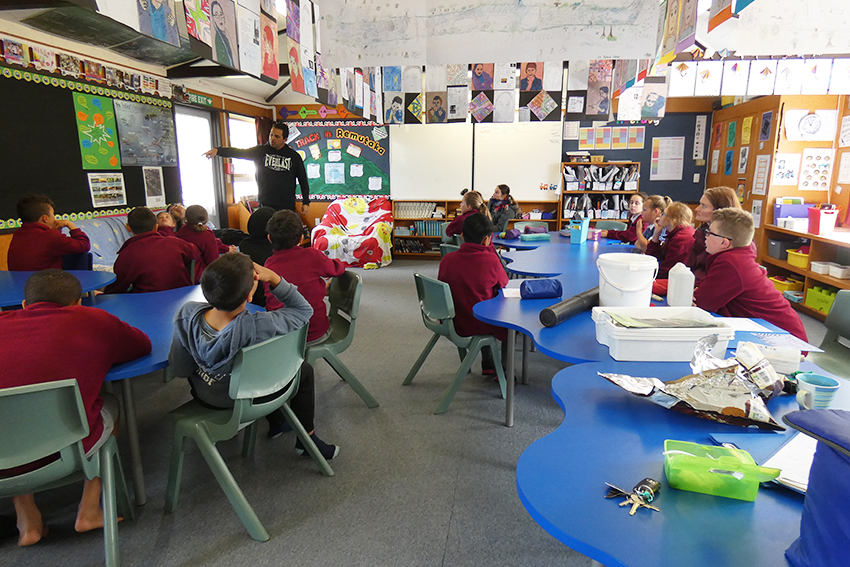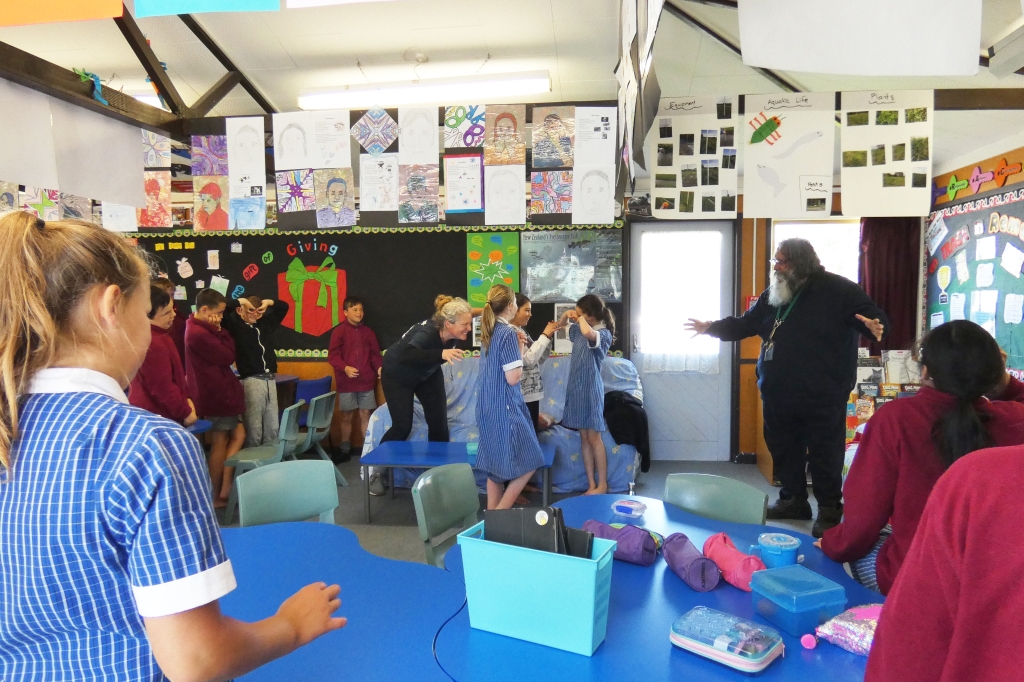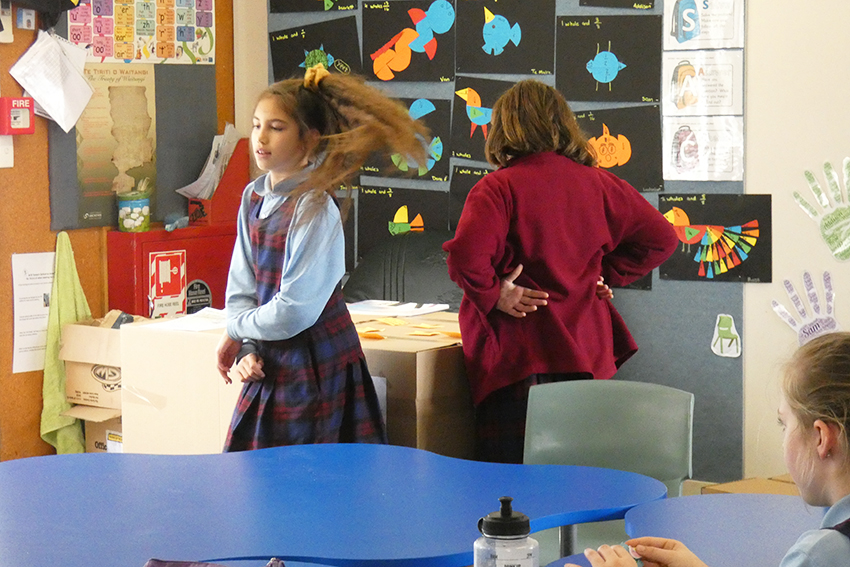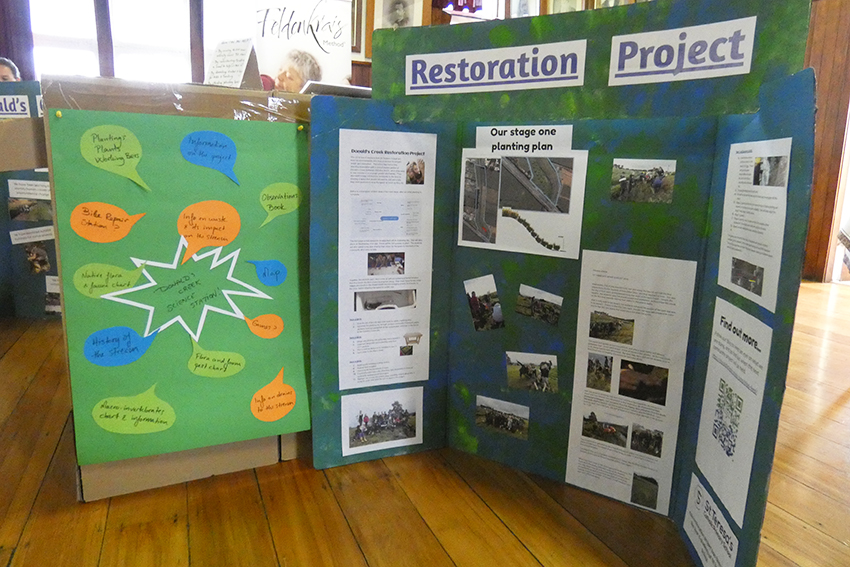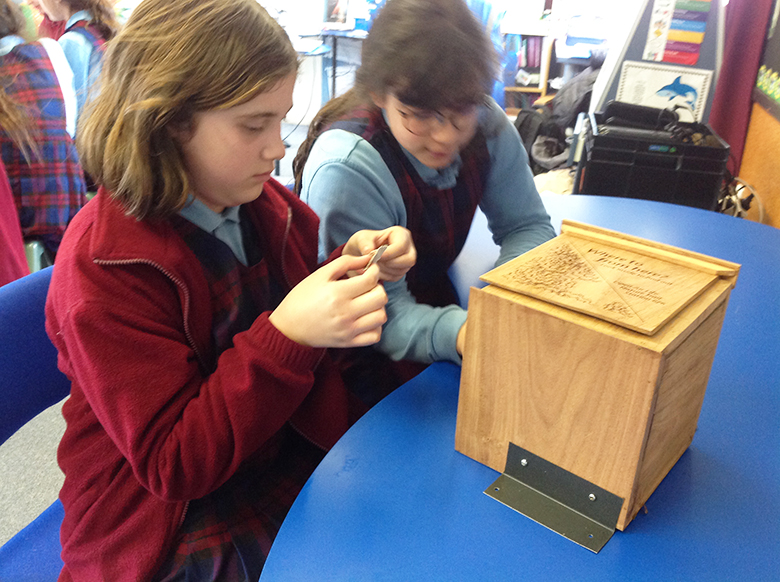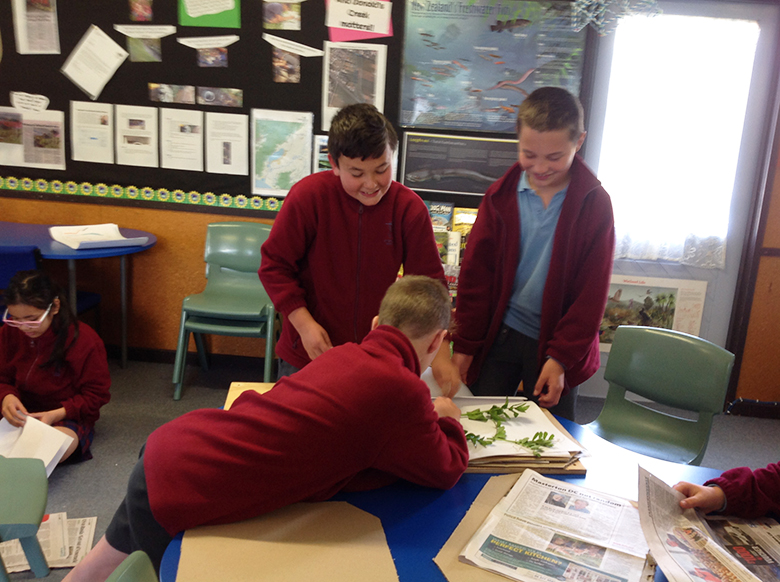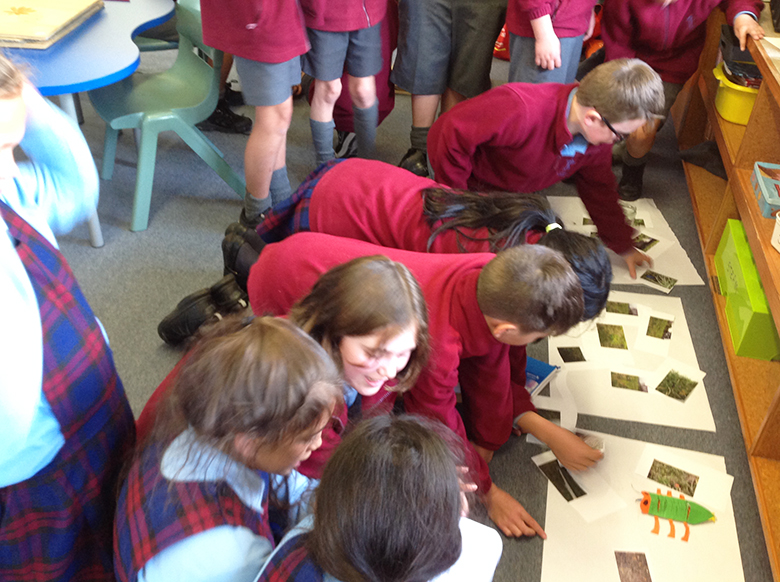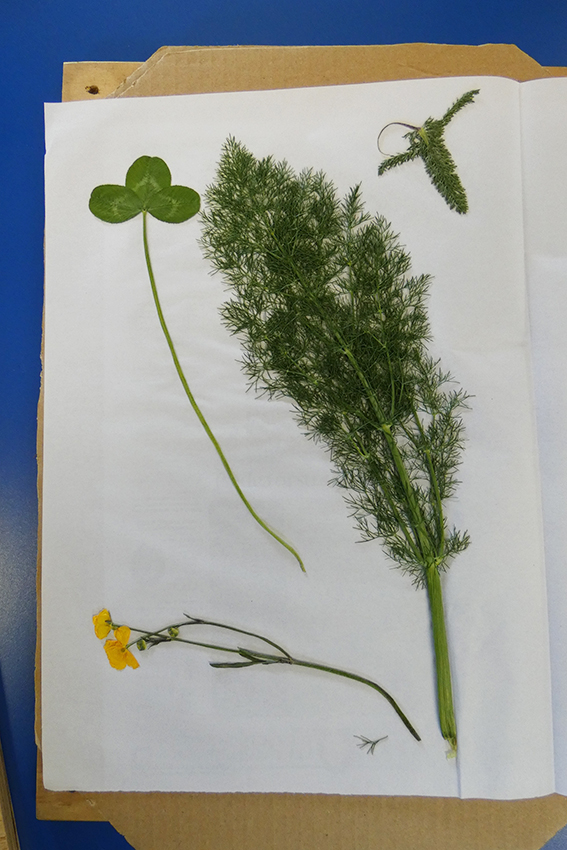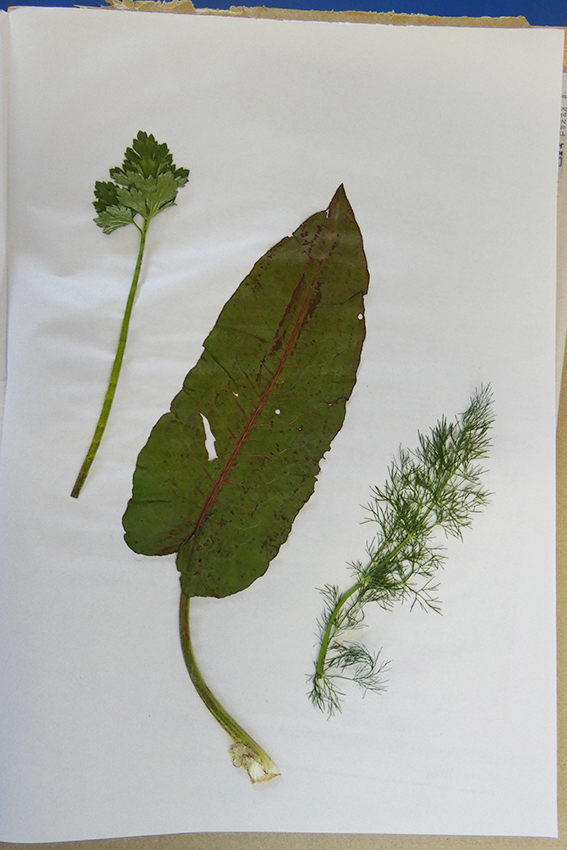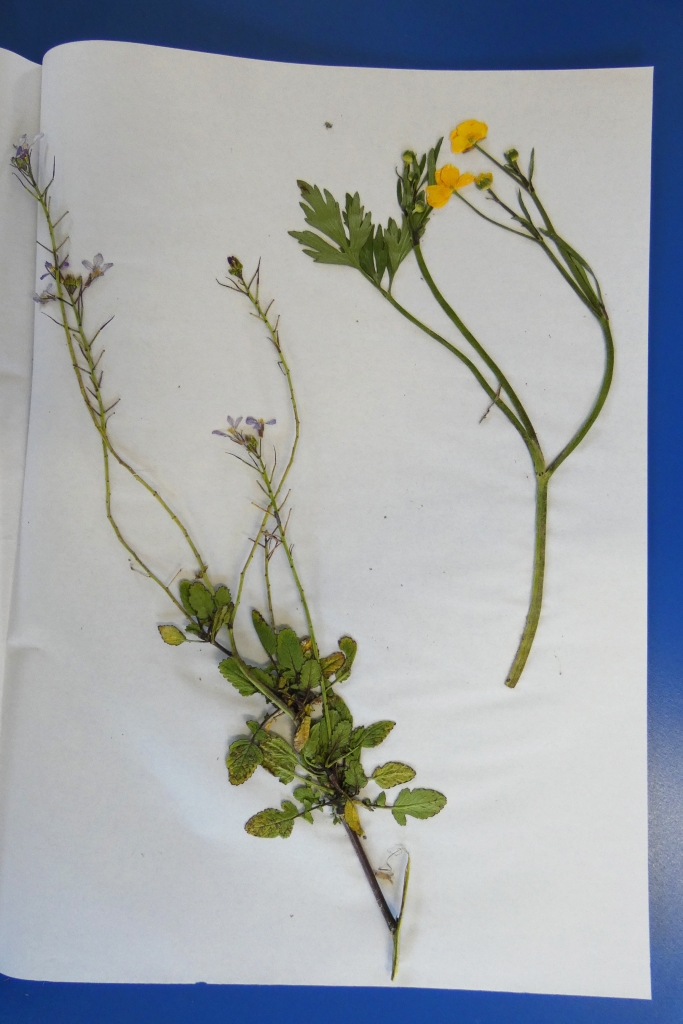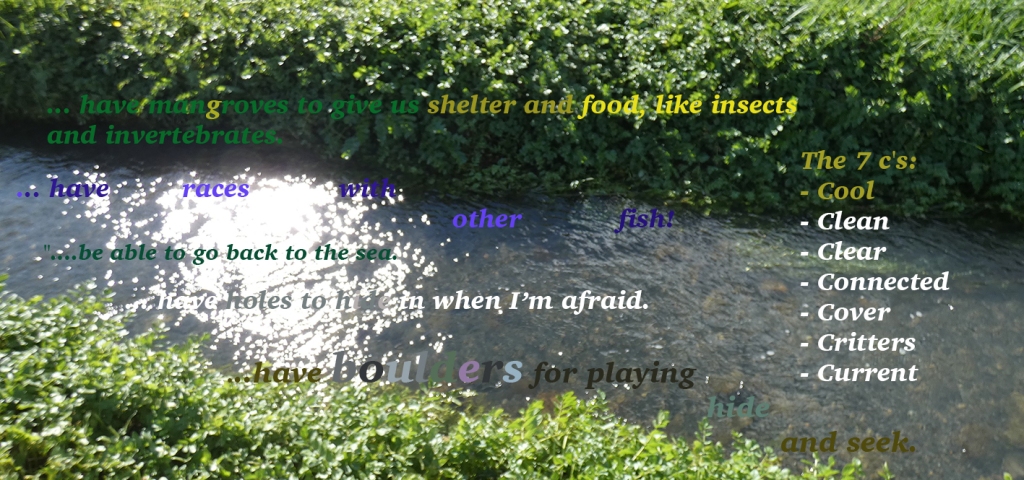In 2018 I discovered a newfound love (or should I say, I rediscovered a long forgotten love) of working with paper. I was researching Te Tapere nui o Whatonga (or 70 Mile Bush), the vast native bush that once spanned the lands from Dannevirke to Masterton. This continuous area of bush were also described as “the Great Food Basket, the Pharmacy and the University” for the iwi and hapu living there, a kaupapa that greatly resonated with me, as it reminded me of the Norwegian philosophy and way of life (called Friluftsliv or Open Air Life) that I grew up to know and love; where walking the forests and mountains with my family, every tree, moss, lichen, plant, rock, ridge and stream that we encountered presented an opportunity to learn about our history, about how to gather food, how to make medicine, how to live in balance with nature.
In Open Air Life I created a series of resources and opportunities to enable people to connect with their natural CBD environment in simple, accessible and playful ways. One resource was the Open Air Life Fortune Teller prototype. Essentially the fortune teller would contain images and messages that prompted the participants to engage with their natural environment.
In 2019 the restoration work that the St Teresa student Kaitiaki of Donald’s Creek were doing enabled me to adapt the Open Air Life Fortune Teller to create a Freshwater Kaitiakitanga Fortune Teller. This fortune teller provided a series of individual precious miniature canvases for the students to create their own designs inspired by the stream and their experiences as Kaitiaki. Each fortune teller design was replicated in a series of 10 and handed out to the participants at the Freshwater Celebration. Together with with the students, teacher Liz Lark, MTSW Director Zoe Studd and designer Liam Hopkinson we were also able to tailor the fortune teller prompts to both enable all participants at the Freshwater Celebration to “take the Kaitiakitanga Challenge” – navigating the Donald’s Creek restoration site by interacting with the fortune teller and following its prompts – and be able to apply these prompts where where-ever else they may be in the world.
Now is a good time to share a more detailed steps of “how to make” the Donald’s Creek Freshwater Fortune Teller, and encourage you all to spend a little time to make your own. This can lead to many a lovely creative moment, wonderful and meaningful conversations around our freshwaters and the wider environment, and some special and lighthearted family time. (You can’t ever go wrong with “Eat something yummy!”)….! You can follow our templates below for the themes and prompts:


The fortune teller creation process often gets the creative juices flowing and you will soon realise how the fortune teller can be both cheeky and informative. For this reason, before getting really stuck into the actual physical folding, creasing, tearing (only once), writing and designing, I recommend to take a moment to plan what are the key messages you want to share with your fortune teller, perhaps what are your favourite things about freshwater.
And, just like you will create your own drawings for the Fortune Teller, I encourage you to create your own messages inspired by Freshwater conservation and a life that celebrates and encourages kindness and caring for our planet, whether it is for this Fortune Teller, or for your next one. In fact, as I have been working on this template, I have enjoyed creating a few other “lockdown friendly and environmentally minded” designs with my kids, Florian 9 and Felix 6, that I will share in a day or two. But first….
How to make your very own Freshwater Fortune Teller:
- Start with one piece of A4 paper. Fold the right bottom corner across the paper so that the bottom part of the paper aligns perfectly with the lower left side. Crease. Unfold paper and repeat the same actions with the bottom left corner.
- Fold the top rectangle of the paper over, crease (do this a few times, and alternate the side to which you fold and crease). Tear the upper part of the paper off to form a perfect square. (Alternatively cut with scissors.)
- Carefully fold each corner towards the centre, push down on the fold and crease well each time.
- Once all corners have been folded, turn over. (Below picture shows the folded paper before it is turned over.)
- Repeat the same action: folding each corner towards the centre.
- Fold the paper object in half to form a rectangle – every way that you can, horizontally and vertically, opposite side, same again. Weigh or press down with something as you do. This will help open the fortune teller up and make it easier to use.
- Open the fortune teller so that your doubly folded layers point up, and the single folded layers support it from below (this is where you place your fingers). Picture 7 shows the doubly folded layers from above. Mark your “theme” – alternatively, this is where you place your “number”.
- Unfold completely. The far triangles making up your corners will be your “picture” space. The two triangles immediately on each sides will now be your theme. The remaining space will be for your messages and/or additional decorations.
- Write your 8 themes: in our case we chose : Aware – Inspire – Explore – Tidy Tuna – Kai – Creatures – Riffle – Senses.
- Open up the flaps that correspond to your themes – write messages or action prompts that fit with your theme. We chose: Do the ABC Bike Check or learn about local freshwater issues (Aware) – Create some nature inspired art (Inspire) – Discover the many names of your local stream (Explore) – Mulch or water a plant (Tidy Tuna) – Eat something delicious! (Kai) – Find the name of three freshwater animals (Creatures) – Check the current or build a boat (Riffle) – Describe sounds and smells by the stream (Senses).
- Pause and Admire your Handiwork 🙂 Make sure you have done them all. Then close the flaps.
- Turn your fortune teller over and flatten your fortune teller again, using an even and heavy object, such as a metal ruler or a book. (This is so that you create a flat and event work surface for your next steps.)
- Sketch out your design in pencil. What are the four images or symbols that you want to draw to set the tone and feature on your fortune teller? Or would you rather make one continuous design, maybe with four different “key features”?
- Colour in your design. Maybe add some more features as you build it.
- Reassemble the fortune teller and invite someone to have a go and find their freshwater fortune!

There are multiple ways to use the Freshwater Fortune Teller, here’s one: choose one of the four designs, maybe it’s a picture of a river, spell “r – i – v – e – r” as you move the fortune teller flaps. Then choose a theme, for example “Riffle”: spell “r – i – f – f – l – e” out as you move the fortune teller, finally pick another theme, say, “Tidy Tuna” and open up the corresponding flap to reveal the message – in our case “Water or mulch a plant”. Then go water or mulch (or otherwise care for) a plant. The next time, you might end up choosing “Creatures”, “Aware” or perhaps “Kai” and as that last flap opens, you are commanded to “Eat something delicious!”
Enjoy!
